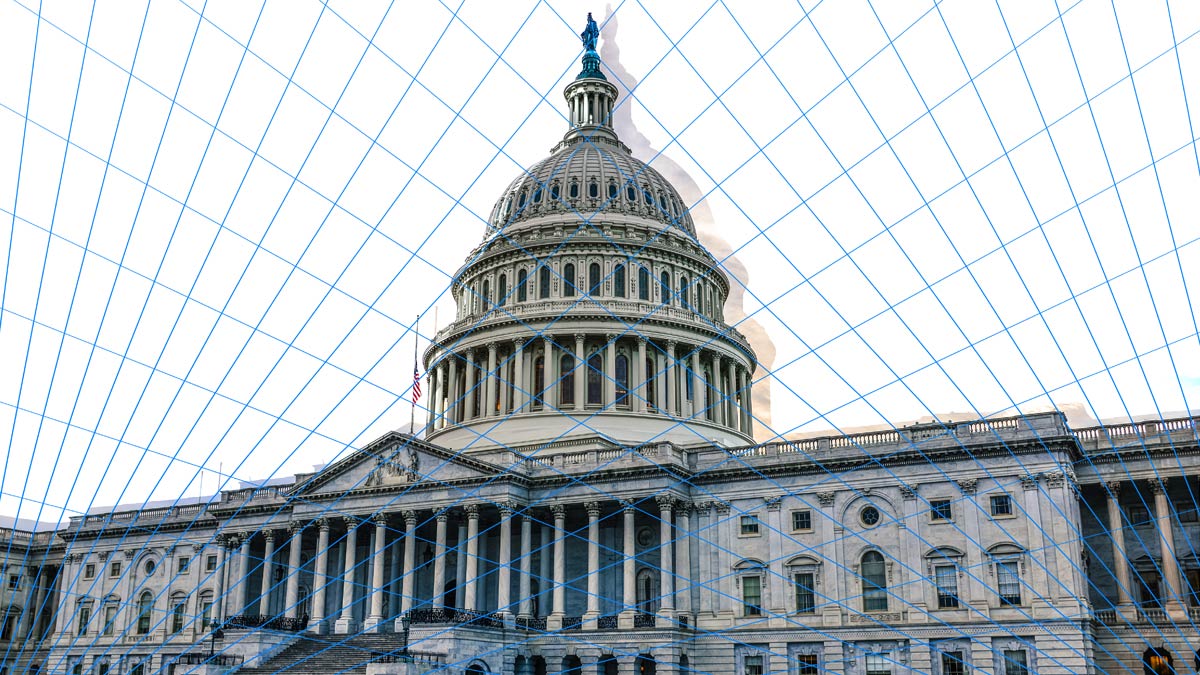Human-centered design is an approach to problem-solving that places the needs and experiences of users at the center of the design process. In recent years, the U.S. government has increasingly embraced human-centered design as a way to improve the design and delivery of public services.
One of the key ways that the U.S. government is approaching human-centered design is through the use of Design Thinking. This approach involves empathizing with users, defining the problem to be solved, ideating possible solutions, prototyping and testing solutions, and iterating on the design based on user feedback. In 2015, the U.S. Digital Service launched the first federal government Design Thinking Bootcamp to teach federal employees how to apply Design Thinking principles to their work.
Several government agencies have established design centers that are focused on human-centered design. For example, the Department of Veterans Affairs has a Veterans Experience Office that is dedicated to improving the experience of veterans with VA services. The General Services Administration has also established a Technology Transformation Services division, which includes a design center focused on human-centered design.
The U.S. government is also using human-centered design to improve the user experience of government websites and digital services. The U.S. Digital Service has been working to improve the design of federal websites and to make them more user-friendly, accessible, and secure. Additionally, the General Services Administration has launched the Centers of Excellence program to improve the delivery of government services, which includes a focus on human-centered design.
In 2020, the U.S. Office of Management and Budget issued a memorandum that directs federal agencies to adopt a user-centered design approach to the design and delivery of government services. This memorandum emphasizes the importance of involving users in the design process and using their feedback to inform the design of government services.
Overall, the U.S. government is increasingly recognizing the value of human-centered design as a way to improve the delivery of public services and is actively promoting its use across various government agencies. By prioritizing the needs and experiences of users, the U.S. government is working to create more effective and user-friendly public services that better serve the needs of the American people.




